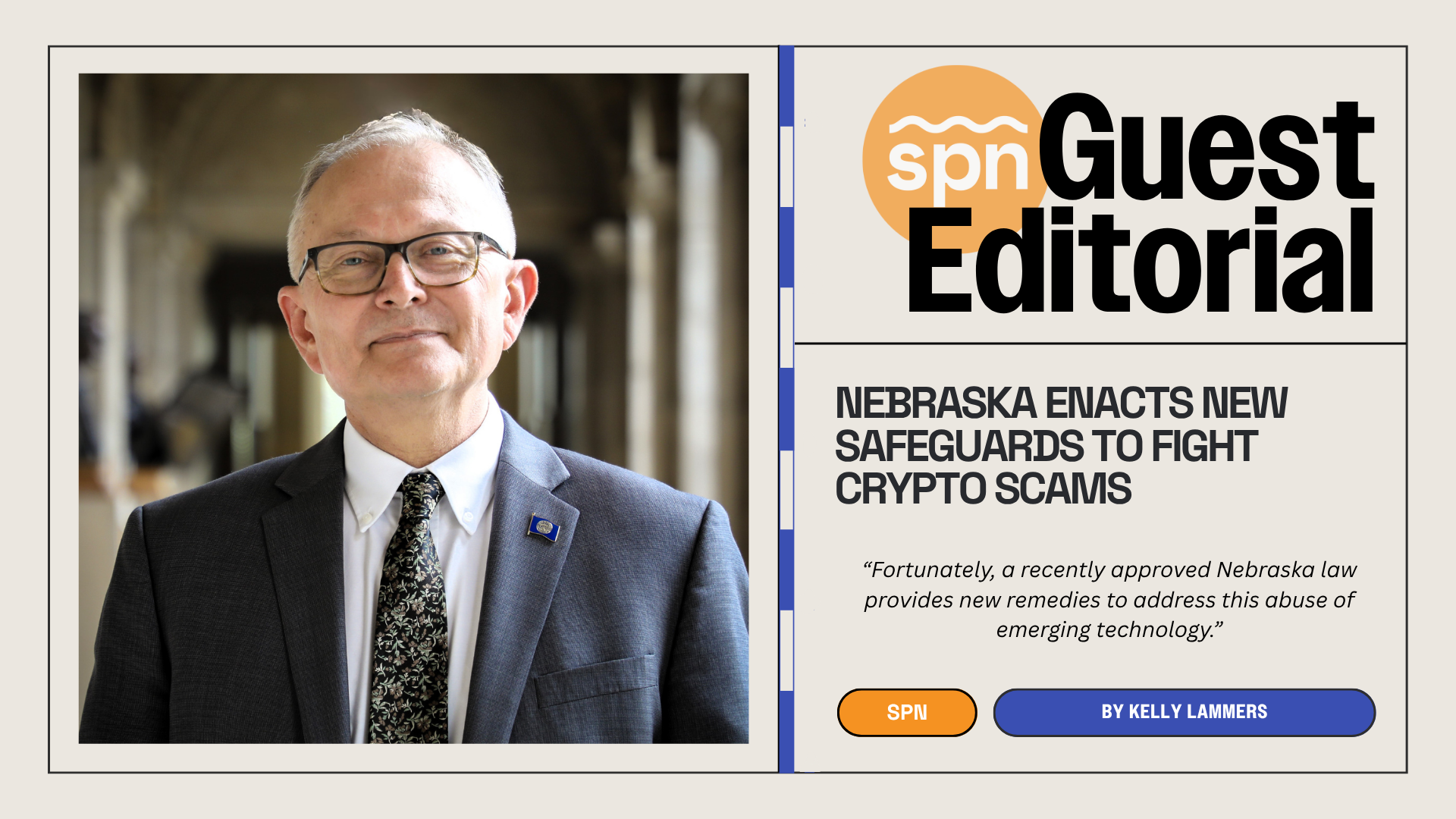As part of a content syndication partnership, the following article also appears in this week’s (June 9-15) issue of Shout!, an alternative weekly newspaper in Omaha. Each Wednesday, look to Shout!’s Silicon Prairie News page for a feature story and “Quick Scoop.”

While pursuing a master’s degree in music composition from the University of Nebraska at Omaha (UNO), Timothy Vallier was a music theory teaching assistant who would be considered a traditional composer.
He composed several classical compositions, ranging from the “Clouded Mind” for brass quintets to “Piano Concerto No. 1” for chamber orchestras to “Partita for New Music” for saxophone quartets and percussion. However, when the time came to work on his master’s thesis before graduating this past May, Vallier knew he wanted to take his composition skills to the next level.
 With a hobby in web design and a taste for technology, Vallier pitched the idea of forming a mobile phone orchestra – an idea he had thought of since Apple launched the app store for its mobile devices – to his master’s adviser.
With a hobby in web design and a taste for technology, Vallier pitched the idea of forming a mobile phone orchestra – an idea he had thought of since Apple launched the app store for its mobile devices – to his master’s adviser.
Vallier saw an opportunity to compose music using these mobile devices, particularly the iPhone and iPod touch.
“This bridges the gap between the two things I both know the best and like the best,” he said. “It was a small idea I had and I saw other people, some other top universities that took it and ran with it in a really big way and I thought, ‘I would really like to do this, as well.’”
His master’s adviser agreed to the idea and, along with UNO students and recent graduates Steven Shank, Austin Sailors, Phill Smith, Adam Reidelbach, Danny Sabra, Vince Krysl Jr., Mike Santo and Isaac Frishman, Vallier formed the university’s first Mobile Phone Orchestra (MoPhO).
Stanford University and the University of Michigan also have mobile phone orchestras, which take on the use of iPhones and iPod touches and music applications to make music.
“We’re not just dealing with a phone that makes calls and text messages, it’s a whole working, functioning operating system,” Vallier said. “There are applications that take advantage of any element on the devices, which is sound, GPS, multi-touch, speaker output, microphone, input, accelerometer, etc.”
Among the music applications used by the orchestra are Bloom, an app that allows users to create elaborate melodies, MotionDrum, a drum simulator that allows users to drum by waving your mobile device, and NLog Synthesizer, which has the ability to record, playback, loop and sync tunes. These and other applications range anywhere from $.99 to $20.
 The group also uses specially designed speaker gloves (left) to project their compositions. These are made from two workout gloves that have modified battery-powered speakers. These speakers are connected to the gloves using an audio splitter.
The group also uses specially designed speaker gloves (left) to project their compositions. These are made from two workout gloves that have modified battery-powered speakers. These speakers are connected to the gloves using an audio splitter.
“That’s how we are mobile,” Vallier said.
Although they have written their own works, Vallier said the orchestra also draws inspiration from American composers Steven Reich and John Cage.
Using Reich’s clapping music, the orchestra would integrate clapping using an accelerometer feature on a mobile device to create patterns for their compositions. They also use Cage’s chance music, which leaves some element in a composition to chance and left to be determined by the performers.
The group also takes on the use of through-composed music, which is continuous, non-sectional or non-repetitive music that is different in each stanza of a song’s lyrics.
Sailors said this type of music is most evident in their piece called “Sloide,” which they performed along with other works at KANEKO’s Summer Saturdays on June 5.
UNO’s Mobile Phone Orchestra performed an original composition titled “Bebot Suite II” at KANEKO. Visit YouTube to view more of the orchestra’s performances.
“We took the idea of a jazz combo and applied it to iPhones,” he said. “You have a tune, everyone plays the tune and then individuals take solos and pass around the solos.”
Using what they’ve learned, the orchestra hopes to create music applications that are specific to their skill sets, Vallier said. For example, creating a similar application like Melodica to make an exact tempo.
“We’ve definitely found some limits to what’s out there,” he said. “We already have some serious ideas of what could be there.”
Using this technology has been an enjoyable transition with a lot of breakthrough moments for Sabra, who studied violin performance and music composition at UNO.
“You don’t get that much with a traditional instrument because it’s already a thousand years old and everybody knows how to do everything,” he said. “You have this new instrument that you’ve never seen before and you just paid $.99 for and start playing with it, pushing buttons and something happens. It’s a lot of fun.”
Although Vallier will be leaving the group to pursue a doctorate degree at the State University of New York at Stony Brook, he hopes the group will stay in tact and encourage the creation of more mobile phone orchestras.
It shouldn’t be exclusive, he said.
“Since this is so new, there seems to be an immediate demand and interest in what’s happening here,” Vallier said. “People are generally interested and excited about performances.”
Quick Scoop
Here are some of the iPhone and iPod touch music applications used by the University of Nebraska’s Mobile Phone Orchestra:
 Bebot – Robot Synth by Russell Black ($1.99)
Bebot – Robot Synth by Russell Black ($1.99)
Description: A feature-packed, polyphonic music synthesizer with a unique multi-touch control method, personified on-screen as an animated robot character who moves and sings the notes while you play.
Features: Wide range of sounds and high-degree control. Uses four different synthesis modes: analog sound filters, versatile delay/looping effect and overdrive distortion. Up to four notes can be played and controlled simultaneously using multiple fingers.
BeatMaker by INTUA ($9.99)
Description: Inspired by professional drum machines, samplers and sequencers, BeatMaker combines them into one inspirational instrument. Ideally suited for live performance and intuitive composition, with ease, produce complete songs using trigger pads, sequencing tools, audio effects and much more!
Features: 16 sample-based trigger pads with multi-touch support. Low latency playback and sample accurate audio engine. Live pattern recording and arranging. Multi-track song sequencer. Three-band equalizer. Automatic sample slicing over the pads. AIFF and WAVE audio file support.
Melodica by CandyCane ($.99)
Description: A revolutionary music application that mixes lights and sounds in a unique way, allowing anyone to compose music intuitively creating visual effects with the tips of your fingers.
Features: Choose from four distinct sound themes or create your own theme by customizing an instrument, scale or tempo. Save your tunes and share them with friends.
 MotionDrum by planning NYARO ($1.99)
MotionDrum by planning NYARO ($1.99)
Description: A drum simulator that lets you drum by waving your mobile device in the air in four different directions.
Features: More than 80 sounds that can be played in two different modes. Can adjust volume and sensitivity of each sound in each direction. Ability to lock the screen during play.
NLog Synthesizer by Rolf Wöhrmann ($4.99)
Description: Professional-grade polyphonic synthesizer.
Features: Has record, playback, looping and syncing capabilities. Can slide while playing on the application. Can exchange sounds with your friends by e-mail. Four different key sizes. Full range of 6.5 octaves. Pitch bend and MOD wheel capabilities. X/Y two dimensional controller. Four fully customizable performance knobs. Sound editing capabilities, including two oscillators with 20 waveforms.
ARGON – synth by iceWorks Inc. ($1.99)
Description: Monophonic virtual analog synthesizer.
Features: Three oscillators, one filter, one amplifier, one saturator and one delay. High-quality 32 bit floating point synth-engine. Delay effect. 16-step sequencer.
Bloom by Opal Limited ($3.99)
Description: Part instrument, part composition and part artwork application allowing anyone to create elaborate patterns and unique melodies by tapping the screen of your mobile device. A generative music player takes over when Bloom is left idle, creating an infinite selection of compositions and their accompanying visualizations.
Features: 12 different mood settings. Random mood shuttle. Adjustable delay. Shake to clear. Evolve when idle. Sleep timer.








